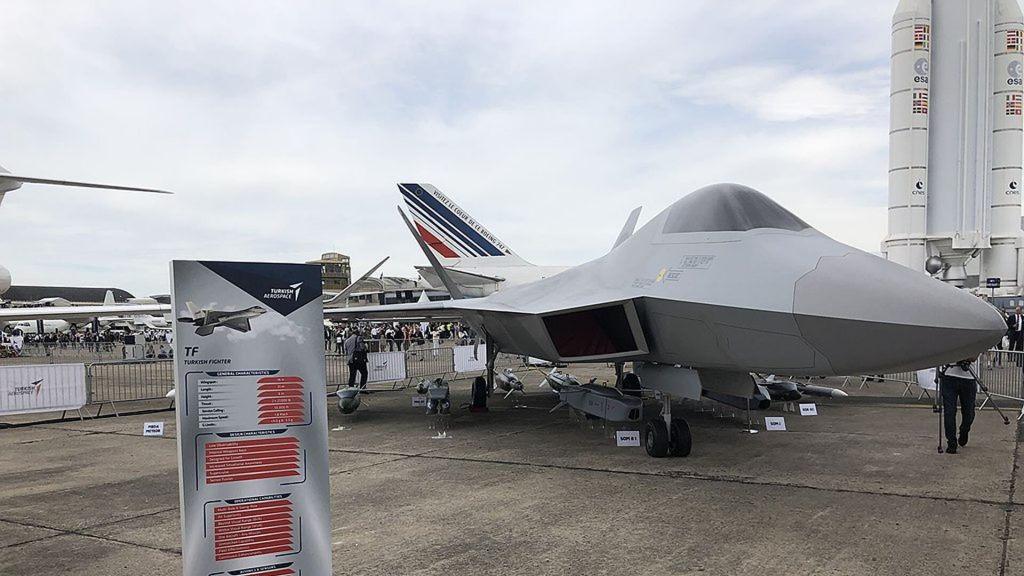In March 2023, Turkey began taxi trials for its first domestically produced fighter jet, the TF-X. The development of the TF-X marks a significant step for Turkey, as it seeks to become self-sufficient in the defense industry. The TF-X was originally intended to complement Turkey’s fleet of F-35 stealth fighters, but this plan was abandoned when Turkey purchased S-400 surface-to-air missile systems from Russia.
The TF-X is a twin-engine fighter jet that falls between the size of the US’s F-22 and F-35 and bears a strong resemblance to the former. While it is not a true stealth fighter, it is expected to meet modern fighter jet performance benchmarks, including a maximum speed between Mach 1.8 and Mach 2.2, a service ceiling of 55,000 feet (16,764 meters), a range of 700 miles (1,127 km), and supersonic cruising capability without the use of afterburners.

Despite facing challenges in the development process due to a lack of partnerships with other countries, Turkish Aerospace Industries (TAI) has managed to produce 85% of the TF-X’s parts domestically.
Notable exceptions include the Martin-Baker ejection seats and the two GE F110-GE-129 turbofan engines that power the plane. TAI has already procured 10 F110s from the US for its four twin-engine prototypes, with more expected to follow for initial production.
Plans for a complete stealth configuration are already in the works for a third production block. Although the TF-X falls short of being a true stealth fighter, it represents a significant accomplishment for Turkey’s defense industry and paves the way for further advancements in the future.
Turkey plans to start serial production of the TF-X in 2029, with the aim of having the fighter jet enter service in 2031. The country expects to produce 24 aircraft per year, and it will take over ten years to fulfill the planned order for 250 aircraft.
Alongside the TF-X, Turkey also showcased two other military aircraft. The Anka-3 is a new tailless flying-wing stealth drone, which has been designed to reduce its radar cross-section. It is expected to carry 1.3 tons of weapons.
The Hürjet, on the other hand, will be available in both Advanced Jet Trainer and Light Combat Aircraft models. The former could replace the 68 US-built T-38M “Talon” jets, while the latter would be a more cost-effective option for close air support or strikes on militants with weak air defenses.
If the TF-X is successful, it could become an attractive export product, with potential buyers including Pakistan and Azerbaijan. However, the development of the TF-X has become even more crucial for Turkey’s military modernization plans, as the country has lost access to several Western defense products over time.


